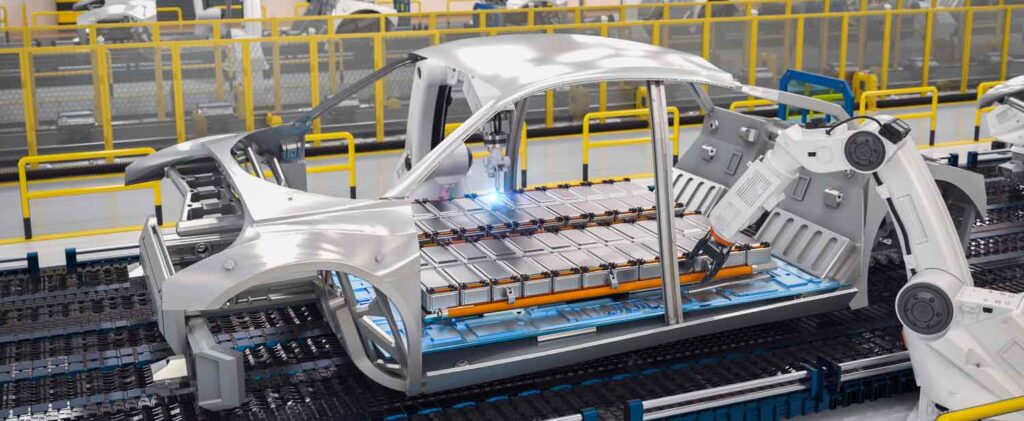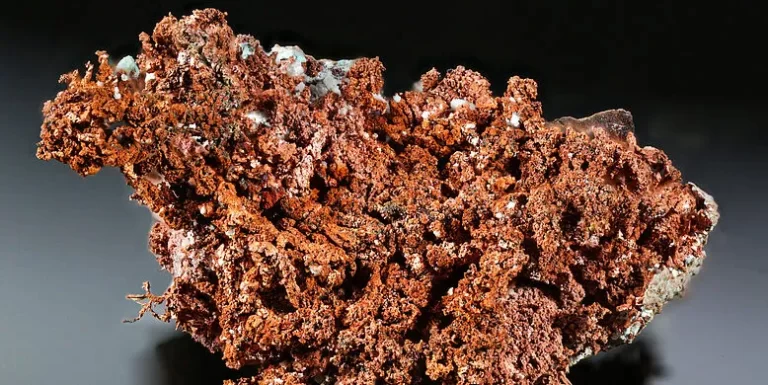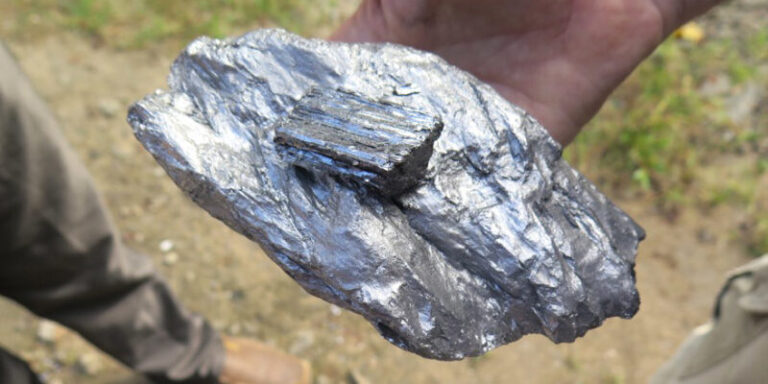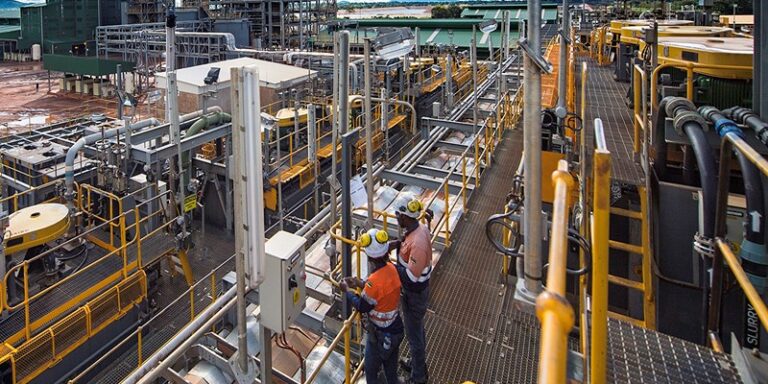
As the global automotive industry undergoes a monumental shift towards sustainability, electric vehicles (EVs) have emerged as frontrunners in the race towards decarbonization.
With their promise of reduced emissions and increased energy efficiency, EVs have captured the attention of policymakers, manufacturers, and consumers worldwide.
However, behind the sleek exteriors and cutting-edge technology lies a crucial link to Africa’s critical minerals, essential components that power these eco-friendly vehicles.
Electric vehicles come in various shapes and sizes, each offering unique advantages tailored to different consumer needs and preferences.
From compact city cars to rugged SUVs and sleek sedans, EVs encompass a diverse range of models designed to cater to a broad spectrum of drivers.
Battery Electric Vehicles (BEVs)
Battery Electric Vehicles, or BEVs, are fully electric vehicles powered solely by rechargeable batteries. These vehicles rely entirely on electricity to propel them, eliminating the need for traditional internal combustion engines.
BEVs offer zero tailpipe emissions, making them a clean and environmentally friendly transportation option. Popular models include the Tesla Model S, Nissan Leaf, and Chevrolet Bolt.
Plug-in Hybrid Electric Vehicles (PHEVs)
Plug-in Hybrid Electric Vehicles, or PHEVs, combine the benefits of electric and conventional gasoline engines.
These vehicles feature both a rechargeable battery and a gasoline engine, allowing drivers to switch between electric and hybrid modes.
PHEVs offer increased range and flexibility, making them suitable for longer trips. Models such as the Toyota Prius Prime and Mitsubishi Outlander PHEV exemplify this hybrid technology.
Hybrid Electric Vehicles (HEVs)
Hybrid Electric Vehicles, or HEVs, utilize a combination of an internal combustion engine and an electric motor to power the vehicle.
Unlike PHEVs, HEVs do not require external charging as they rely on regenerative braking to recharge the battery.
HEVs offer improved fuel efficiency and reduced emissions compared to traditional gasoline vehicles. Popular HEV models include the Toyota Camry Hybrid and Honda Accord Hybrid.
Central to the proliferation of electric vehicles are the critical minerals sourced from Africa’s rich mineral deposits.
These minerals serve as essential components in the production of EV batteries, electric motors, and other key technologies. Among the most prominent critical minerals are:
Lithium
Lithium is a vital component in the batteries that power electric vehicles. With Africa home to significant lithium reserves, particularly in countries like the Democratic Republic of Congo and Zimbabwe, the continent plays a pivotal role in meeting the growing demand for lithium-ion batteries.
Cobalt
Cobalt is another crucial mineral used in EV batteries to enhance energy storage and stability. The Democratic Republic of Congo dominates global cobalt production, supplying over half of the world’s cobalt.
However, concerns regarding ethical mining practices and child labor have prompted calls for responsible sourcing of cobalt from African mines.
Nickel
Nickel is a key ingredient in the cathodes of lithium-ion batteries, contributing to their energy density and performance.
Africa boasts substantial nickel reserves, with countries like South Africa and Zimbabwe holding significant deposits.
As demand for EVs continues to rise, nickel extraction and processing are expected to play a crucial role in the supply chain.
As Africa embraces the transition to electric mobility, the continent stands at the nexus of a burgeoning industry poised to reshape transportation and combat climate change.
With its abundant reserves of critical minerals, Africa holds the key to powering the electric vehicles of tomorrow.
However, the responsible extraction and sustainable management of these resources are paramount to ensuring equitable development and environmental stewardship.
By harnessing the potential of electric vehicles and leveraging Africa’s vast mineral wealth, the continent can chart a path towards a cleaner, greener, and more sustainable future.





